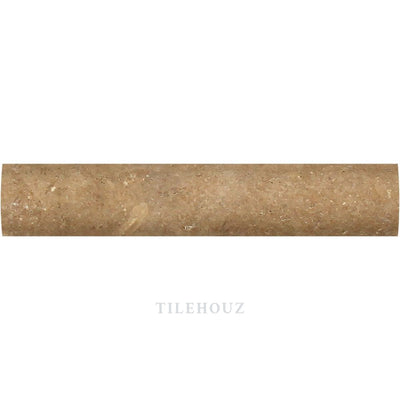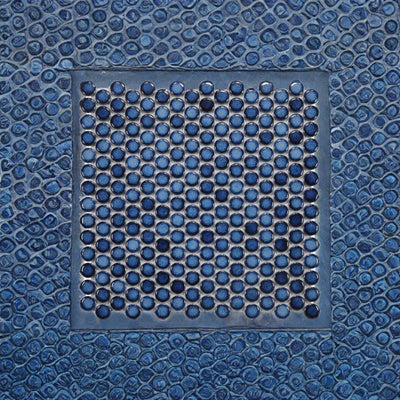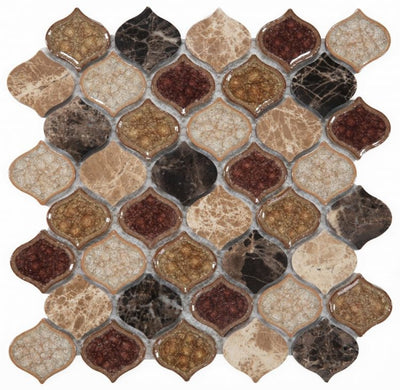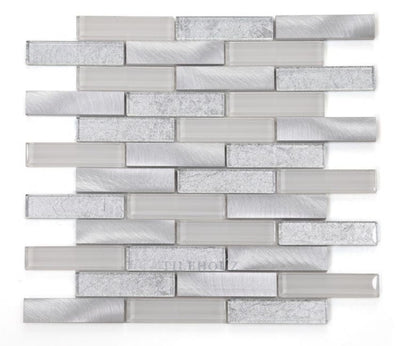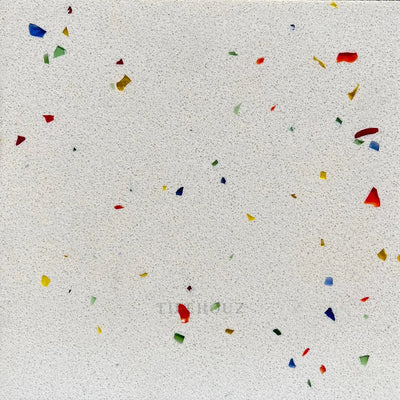What Is The Difference Between Marble And Travertine?
Both marble and travertine are popular natural stones used in various architectural and decorative applications. However, they have distinct characteristics that set them apart. Let's explore each stone individually:
1. Marble:
- Composition: Marble is a metamorphic rock primarily composed of recrystallized carbonate minerals, typically calcite or dolomite. It forms from limestone that undergoes intense heat and pressure within the Earth's crust.
- Appearance: Marble is known for its elegant and luxurious appearance. It features a smooth, glossy surface with veining patterns that can range from subtle to bold. The color palette of marble includes various shades of white, gray, beige, black, and even vibrant hues.
- Durability: While marble is relatively durable, it is softer and more porous compared to some other natural stones. It is susceptible to scratching, etching (dull spots caused by contact with acids), and staining.
- Applications: Marble is commonly used in countertops, flooring, wall cladding, sculptures, and decorative elements. It adds a touch of sophistication to interior spaces.
2. Travertine:
- Composition: Travertine is a sedimentary rock formed by the precipitation of calcium carbonate minerals from groundwater. It is primarily composed of calcite and often contains remnants of organic materials or other impurities.
- Appearance: Travertine has a distinct appearance characterized by its porous nature and unique pitted surface. It showcases a range of earthy tones, including beige, ivory, tan, walnut, and rust. Its surface can be filled and polished for a smoother finish or left unfilled for a more rustic look.
- Durability: Travertine is relatively durable, but it is not as hard as marble. Its porous nature makes it more susceptible to staining, especially if left unsealed. It can also be scratched and etched by acidic substances.
- Applications: Travertine is commonly used in flooring, wall cladding, countertops, backsplashes, and outdoor applications such as patio pavers and pool decks. Its warm and inviting appearance adds natural beauty to both indoor and outdoor spaces.
In summary, marble and travertine differ in their composition, appearance, durability, and applications. Marble is known for its elegant, veined surface, while travertine has a more porous, pitted appearance. Marble is softer and more susceptible to scratching and etching, while travertine is relatively durable but requires proper care and sealing. Both stones offer unique aesthetic qualities and can enhance the beauty of various architectural projects.
1. Marble:
- Composition: Marble is a metamorphic rock primarily composed of recrystallized carbonate minerals, typically calcite or dolomite. It forms from limestone that undergoes intense heat and pressure within the Earth's crust.
- Appearance: Marble is known for its elegant and luxurious appearance. It features a smooth, glossy surface with veining patterns that can range from subtle to bold. The color palette of marble includes various shades of white, gray, beige, black, and even vibrant hues.
- Durability: While marble is relatively durable, it is softer and more porous compared to some other natural stones. It is susceptible to scratching, etching (dull spots caused by contact with acids), and staining.
- Applications: Marble is commonly used in countertops, flooring, wall cladding, sculptures, and decorative elements. It adds a touch of sophistication to interior spaces.
2. Travertine:
- Composition: Travertine is a sedimentary rock formed by the precipitation of calcium carbonate minerals from groundwater. It is primarily composed of calcite and often contains remnants of organic materials or other impurities.
- Appearance: Travertine has a distinct appearance characterized by its porous nature and unique pitted surface. It showcases a range of earthy tones, including beige, ivory, tan, walnut, and rust. Its surface can be filled and polished for a smoother finish or left unfilled for a more rustic look.
- Durability: Travertine is relatively durable, but it is not as hard as marble. Its porous nature makes it more susceptible to staining, especially if left unsealed. It can also be scratched and etched by acidic substances.
- Applications: Travertine is commonly used in flooring, wall cladding, countertops, backsplashes, and outdoor applications such as patio pavers and pool decks. Its warm and inviting appearance adds natural beauty to both indoor and outdoor spaces.
In summary, marble and travertine differ in their composition, appearance, durability, and applications. Marble is known for its elegant, veined surface, while travertine has a more porous, pitted appearance. Marble is softer and more susceptible to scratching and etching, while travertine is relatively durable but requires proper care and sealing. Both stones offer unique aesthetic qualities and can enhance the beauty of various architectural projects.

